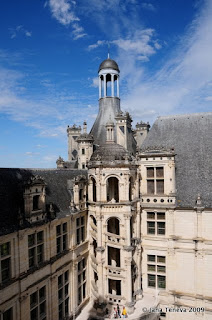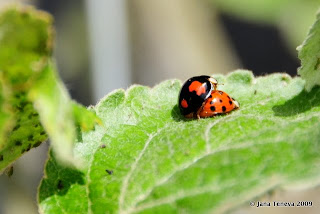
Chateau (fr. castle), chateau and again chateau is what you see while walking, biking or driving along the river Loire. The part of the river from Orleans till its estuary into the Atlantic ocean (incl the rivers Cher, Indre) is on UNESCO World heritage list since 2000.
Its not one, two or three castles I am talking about, there are castles almost in every little village. 42 castles are allowed nowadays to call themselves
Châteaux de la Loire.

What makes their discovery a real adventure and a pleasure is that all castles are incredibly different from each other. Not only as architecture or location, but also as purpose defined by their owners. One can see the way the building style evolved from a protective fortress (Middle Age) to an majestic and beautiful construction (Renaissance).

The biggest of all, chateau de Chambord (first shot), was build as a residential place in a hunting park. Really breathtaking from outside, there is no furniture left from the royal users. In chateau de Chenonceau, situated lovely on river Cher, the majesticaly decorated rooms takes us on a time travel.

By accident one evening we enjoyed several hot air balloons strolling by sunset over chateau de Chamount sur la Loire.
Chateau d Amboise (the picture with the bikes) impressed with the lovely stone gargoyle on the fassade.
































